PHYSICAL AND CHEMICAL CHANGES for Class 7 SCIENCE
Introduction
Daily hum apne around bahut sare changes dekhte hai eg- sugar ka water mein dissolve hona, milk se curd banna, stretched rubber band, etc. Class 6 mein bhi hamne apne aas-paas hone wale changes ke bare mein padha. Hamne padha ki kuchh changes reversible hote hai aur kuchh irreversible bhi hote hai. Hamne physical aur chemical change ke bare mein bhi padha. Iss chapter mein hum physical aur chemical changes ko detail mein padhenge. Unke examples ko aur detail mein padhenge. Hum padhenge ki iron ki rusting kaise hoti hai, metal oxides kaise bante hai, unka nature kya hota hai, crystallisation kya hota hai, etc. Hum yha iron ko rust se bachane ke ways ke bare mein bhi sikhenge. Chemical reaction kaise hote hai yeh bhi hum iss chapter mein padhenge.
Physical Change
Ek aisa change jisme ek substance ki physical properties jaise shape, size aur colour mein change aata hai usko physical change kehte hai. Physical change mein koi new substance form nahi hota. Aise changes generally reversible hote hai. Yeh changes temporary hote hai.
Eg- Melting of ice- Ice ko melt hone ke bad freeze karke wapas ice mein convert kiya ja sakta hai; Crushing a small piece of chalk- Hum ek chalk ko crush karke uska dust collect karenge aur usme thoda sa water mix karenge, ek paste bana kar isko roll karke hum wapas chalk ki shape mein convert kar denge.
Iss tarah physical changes mein hum original object ko wapas obtain kar lete hai. Niche figure mein hum physical changes ke kuchh aur examples dekh sakte hai.
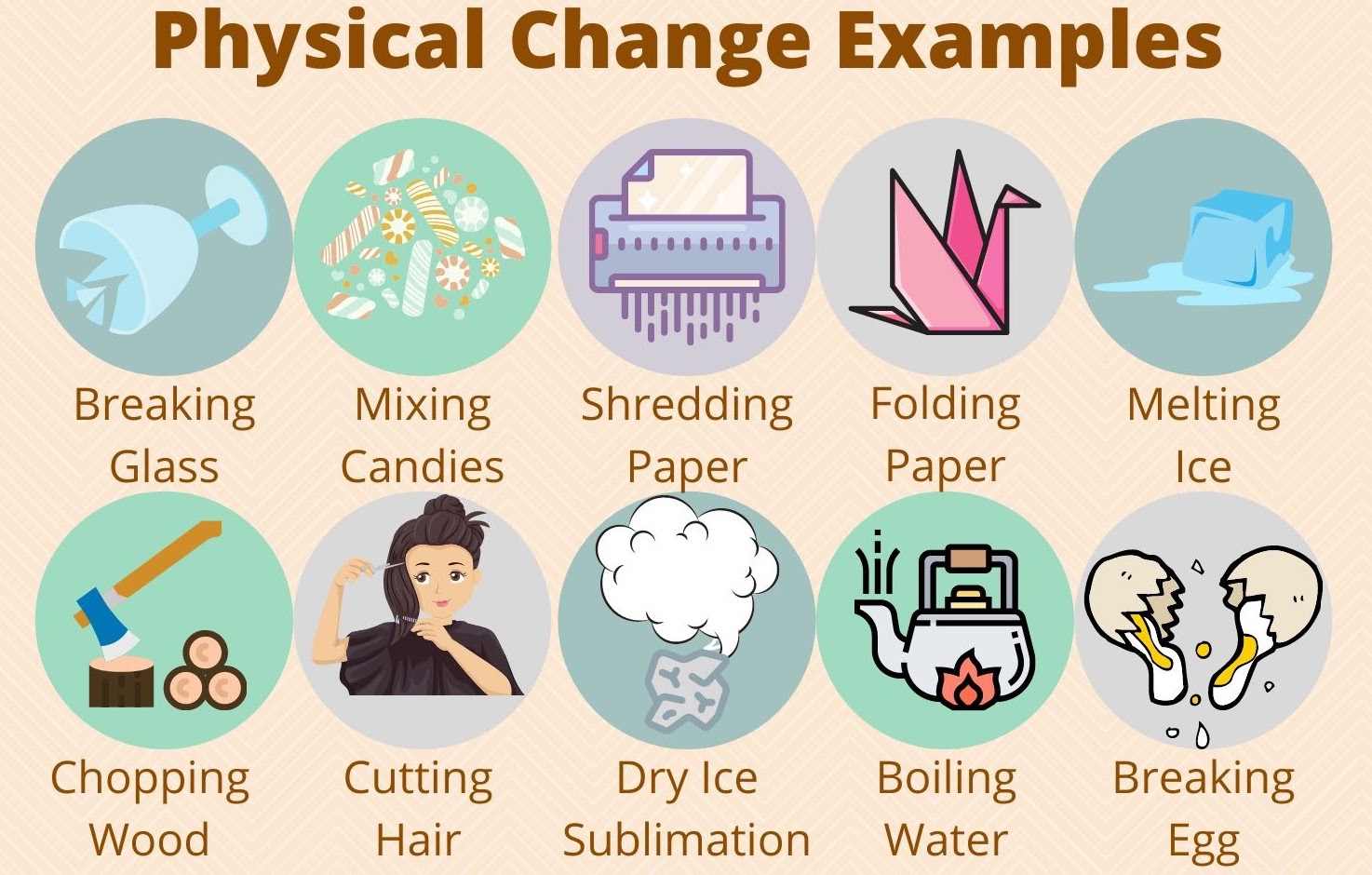
Chemical change
Ek aisa change jisme ek ya ek se jyada new substances form hote hai usko chemical change kehte hai. Chemical change ko chemical reaction bhi kaha jata hai.Niche figure mein hum chemical changes ke kuchh examples dekh sakte hai.

Chemical changes hamari life mein bahut important hai kyonki isme new substances ki formation hoti hai. Ab hum chemical reaction ki kuchh characteristics ke bare mein padhenge.
Characteristics of chemical reaction
Formation of metal oxides



Reaction of copper sulphate solution with iron


Reaction between baking soda and vinegar


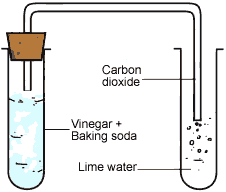

POINT 1
Physical changes: A physical change in which a substance undergoes a change in its physical properties is called a physical change.
Chemical changes: A change in which one or more new substances are formed is called chemical change.
Rusting of iron
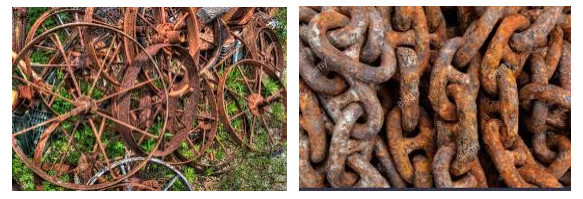

Rusting ke liye air mein oxygen aur water dono ka hona jaruri hai. Air mein moisture jitna jyada hoga rusting utni hi fast hogi.
Crystallisation
Pure substances ke crystals ko unke solutions se separate karne ke process ko crystallisation kehte hai. Crystallisation physical change ka hi ek example hai.
Ab hum crystallisation ke process se copper sulphate solution mein se copper ke crystals ko separate karenge.
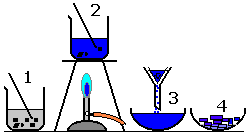
POINT 2
Galvanisation: The process of depositing zinc on the surface of Iron to prevent rusting is called as galvanisation.
Crystallisation: The process of separation of salts from their solution is called as crystallisation.
Rusting of iron: When substances made of Iron are exposed to oxygen and moisture in the atmosphere, it forms a red layer, which is called rust and the process is called rusting.
DIFFERENCE
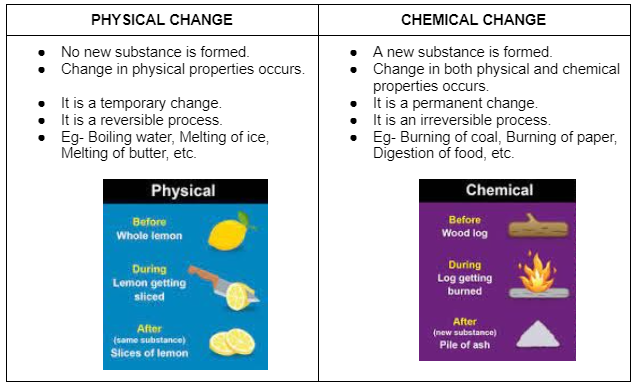
SUMMARY
1. Changes can be of two types, physical and chemical.
2. Physical changes are changes in the physical properties of substances. No new substances are formed in these changes. These changes may be reversible.
3. In chemical changes new substances are produced.
4. Some substances can be obtained in pure state from their solutions by crystallisation.